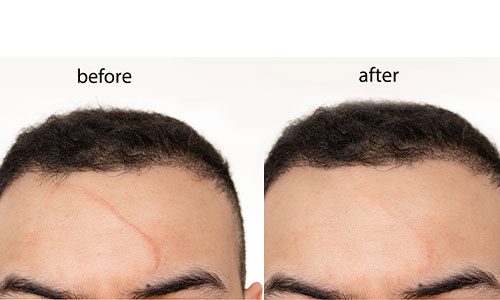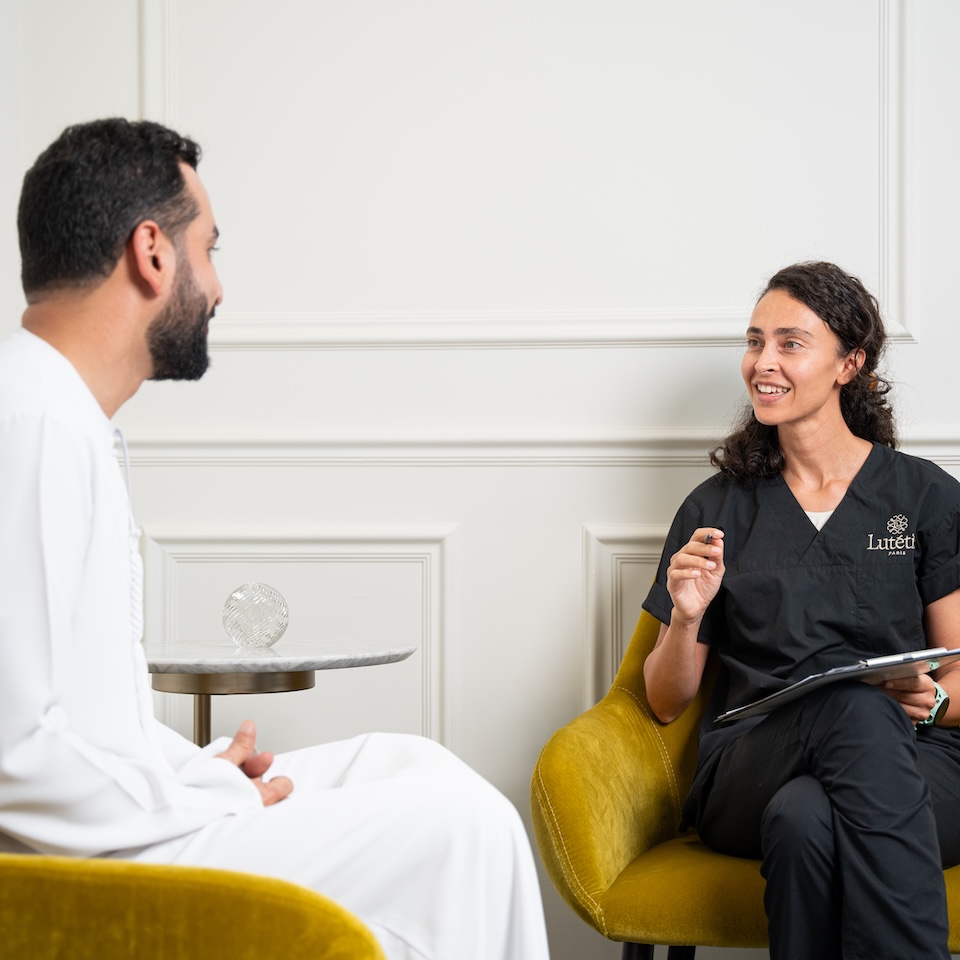What is Scar Removal Surgery Revision?
Often, injuries and surgeries leave you with scars as farewell souvenirs. Scars on the body or on areas that are mostly covered do not create many problems, but those in visible areas such as the arms, face, and neck are not too good to look at.
They alter a person’s appearance while also creating a level of discomfort, and a loss of confidence. A significant drawback of plastic surgeries back in the day was that they left scars.
But medical sciences have progressed and introduced scar revision processes, making use of several different techniques to help you get rid of those horrible lines.

When should you consider a Scar Removal Revision?
People often wonder when they should go in for a scar revision. It is often recommended that you get the scar revisions done after 60 to 90 days because the scar needs to mature. In other cases, you might need to undergo a scar revision after almost a year so that the scar has become light and is now suitable for a revision.
What are the types of Scar Removal Revisions?
Hypertrophic Scars
These scars develop on the wound site and are thick clusters of scar tissues. They can be hyperpigmented (dark color) or hypopigmented (light color). These are discolorations and irregularities on the skin. Surgery is not always required for these, and they can be treated with the treatment plan provided by our surgeon at Maison Lutétia in Dubai.
Keloid Scars
Such scars are usually painful and itchy. They tend to extend from the original wound site. They are random but are most likely to be found in areas with low fat underneath.
Contractures
Such scars can often cause movement restrictions as they pull the tissues underneath tightly to promote fast healing. They are often found on burn sites or joints. Now, we shall talk about how these can be revised. There are several methods in scar revision too.
Topical treatments
These include remedies such as gels and external compressions. They help to heal the scar and make it lighter and slowly disappear.
Injectable Techniques
These treatments need to be continued and resumed periodically to allow for the best results. Remedies such as dermal fillers might be used to help heal the scar.
Surface treatments
Scars can also be healed without surgeries. The use of cosmetic products can help to make the scar disappear. The area will be softened, and self-healing of the skin is promoted in such cases.
Incision-based treatments
In the most severe cases, an incision might be necessary to help revise a scar. The tissue extensions are mostly used as substitutes for skin grafts. The skin is then carefully closed to make sure no scarring takes place.
What happens during your Scar Removal at the consultation?
Before your consultation at our speciality scar removal clinic in Dubai, it is best to have all your queries written down, before you meet your surgeon who will discuss the options available, their pros and cons, and your medical history.
It is necessary for your surgeon to know about your current medical situation and medications, whether you have had significant illnesses in the past, or have a habit of smoking. A medical examination and medical photography will be undertaken, which will be stored in your confidential file. Do bear in mind that the photography, storage, and usage of the photographs will strictly be as per your consent by filling up a form before the process.
Moreover, there will be a general physical examination that will record your height, weight, and other factors to determine whether you are fit for surgery or not. Make sure to inform your plastic surgeon if you plan on being pregnant because the surgeon might postpone the surgery due to some reasons.



